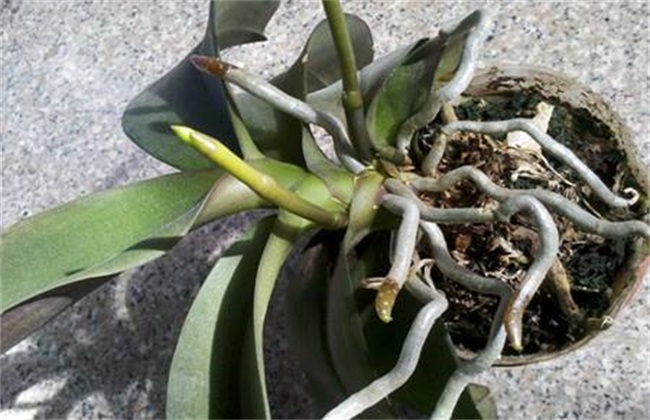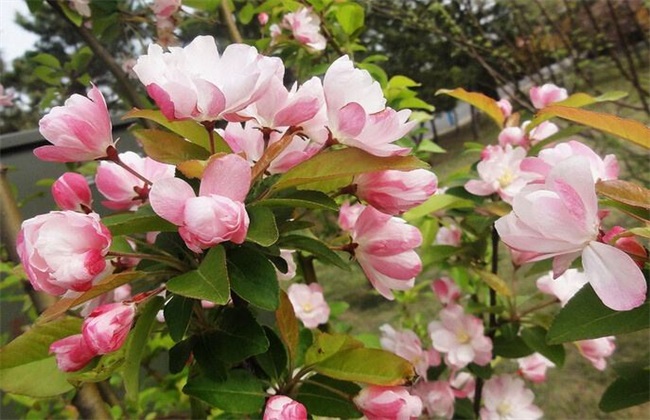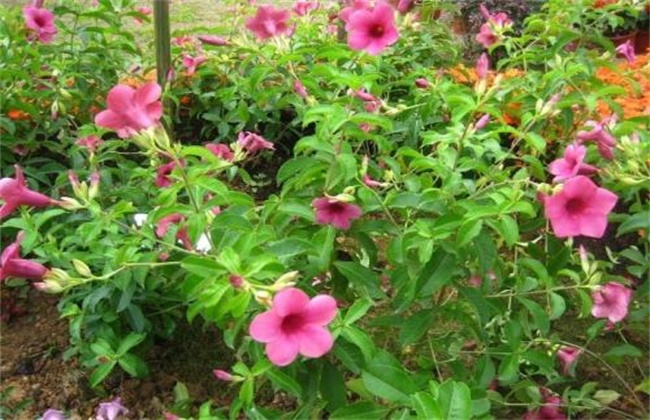What about the root rot of Phalaenopsis?
Butterfly orchid is a kind of epiphytic orchid, which has a very high ornamental value and is also very popular in our country. When growing orchids, there are often a lot of problems if they are not managed properly. One of the more common is root decay, root decay will seriously affect the growth of Phalaenopsis, and even lead to death. So what should we do about the root rot of Phalaenopsis? Let's take a look at it together.

1. Root trimming
When it is found that Phalaenopsis has rotten roots, attention should be paid to the complete removal of Phalaenopsis plants in time. Then the soil around the root of the Phalaenopsis plant should be removed to reveal the complete root group. Then prepare sterilized scissors, observe the roots of Phalaenopsis, and use scissors to cut off the rotten roots of Phalaenopsis plants. When cutting the root, you must observe it carefully and don't miss a rotten root. Can not be soft-hearted, how many rotten roots should be cut, otherwise it will affect the effect of root cutting and hinder the recovery of the growth ability of Phalaenopsis plants.
2. Disinfection
It is not possible to put the plant back into the soil immediately after root pruning. We also use potassium permanganate and other agents to disinfect the roots of the plant. if there is no disinfection, then the root wound trimmed by Phalaenopsis is vulnerable to bacterial infection, leading to aggravation of the disease and death in serious cases. After disinfecting the roots, put them in a clean, ventilated and cool place to dry. Then replace the old soil with new soil, and disinfect the flowerpots. Because there are many bacteria in the old flowerpot, it may also cause the root rot of Phalaenopsis.
3. Upper basin
After a series of treatments such as root trimming and disinfection, Phalaenopsis. Can be re-basin, on the basin should pay attention to avoid Phalaenopsis root damage again, affecting the functional recovery. After putting on the pot, the roots of Phalaenopsis should be buried with new soil to avoid exposure. After potting, it is necessary to do a good job of maintenance, plant leaves can not be exposed to the sun, do not let the roots come into direct contact with fertilizer and so on. After potting, Phalaenopsis should be maintained in a cool place with good permeability, and the growth ability can be restored before it can be planted normally.
4. Preventive methods
Phalaenopsis rotten roots after the timely remedy can recover a certain loss, but more or less will have an impact on the efficiency of culture. Therefore, we should give priority to prevention, and we must pay attention to controlling the amount of water when watering. Do not water too much to prevent the soil from stagnant water, causing the roots to be retted. By the same token, do not over-fertilize to avoid excessive fertilizer leading to root burning. The soil should maintain good permeability, disinfect regularly to avoid bacterial infection, and do a good job of basic management such as shelter from rain and light. To create a good growth environment for Phalaenopsis.
The above is a brief introduction to the root rot of Phalaenopsis. That's all for today's introduction. This article is for reference only. I hope it can help you all.
Related
- Fuxing push coffee new agricultural production and marketing class: lack of small-scale processing plants
- Jujube rice field leisure farm deep ploughing Yilan for five years to create a space for organic food and play
- Nongyu Farm-A trial of organic papaya for brave women with advanced technology
- Four points for attention in the prevention and control of diseases and insect pests of edible fungi
- How to add nutrient solution to Edible Fungi
- Is there any good way to control edible fungus mites?
- Open Inoculation Technology of Edible Fungi
- Is there any clever way to use fertilizer for edible fungus in winter?
- What agents are used to kill the pathogens of edible fungi in the mushroom shed?
- Rapid drying of Edible Fungi



